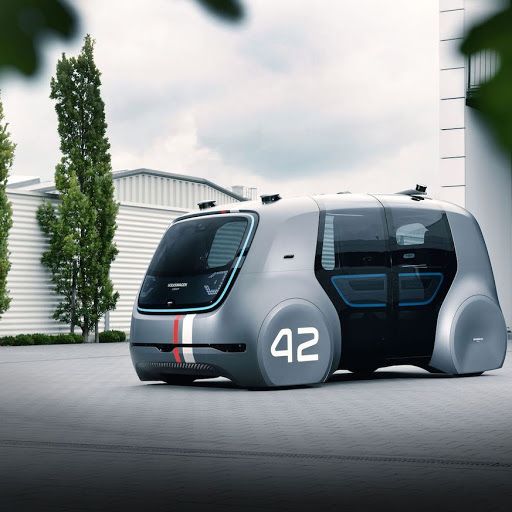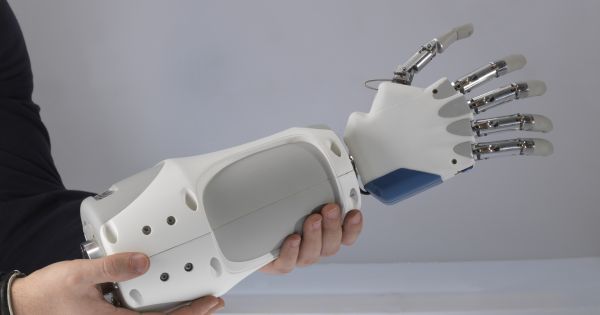Next, the technology maturation process, unfolds in a linear fashion with the ultimate objective of transitioning to the NASA program that established the requirement. This process sacrifices science and the ability to iterate fast; does not incentivize providers to develop affordable and systematic capabilities, and the consideration of economic intelligence and market pull is anything but strategic (engagement model with industry is secondary, i.e “work for hire” contracts, and commercialization is serendipitous). As the sole customer, NASA/the government needs to maintain the unique infrastructure needed for these missions and maintains large per mission costs.
While science missions are largely competitive and outcome focused, human missions start by establishing a destination — the political choice of Moon or Mars — often becoming a solution in search of a problem. Since the Apollo era, the overall result of this “swing” approach has basically resulted in “grounding” the human space program, negatively affecting the morale of the working force, and making many feel that it is little more than a job welfare program.
From an HR perspective, NASA, like any other government organization, is a great example of Peter’s principle, structured and incentivized by the slogan “the hierarchy needs to be preserved by all costs”, frequently leading to the alienation or outright removal of highly competent people focused on problem solving and with a desire of seeing accelerated progress.








